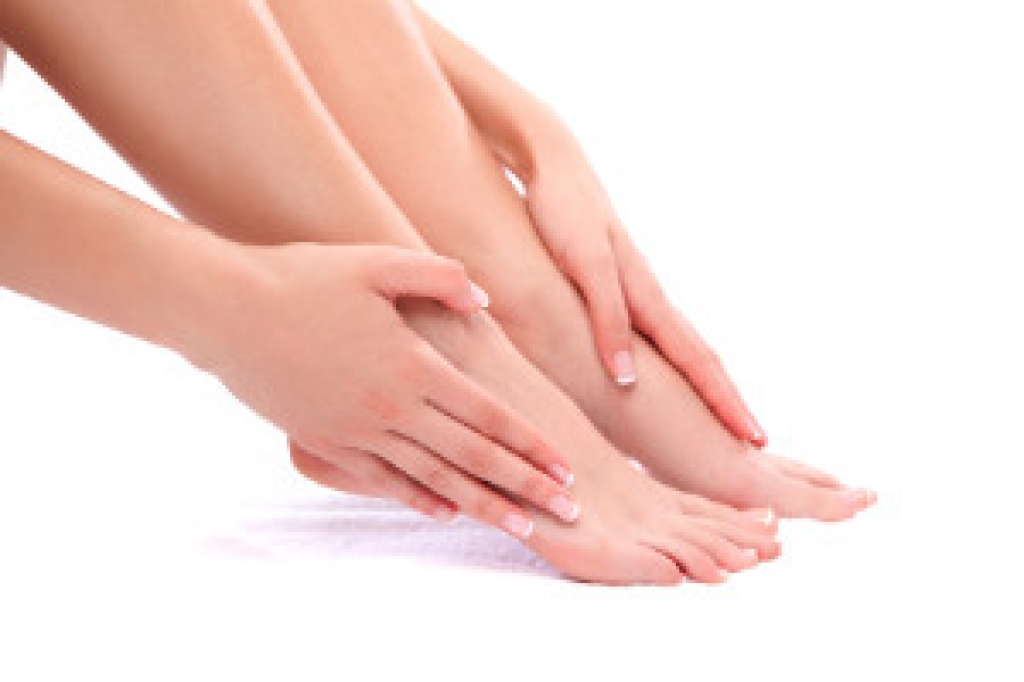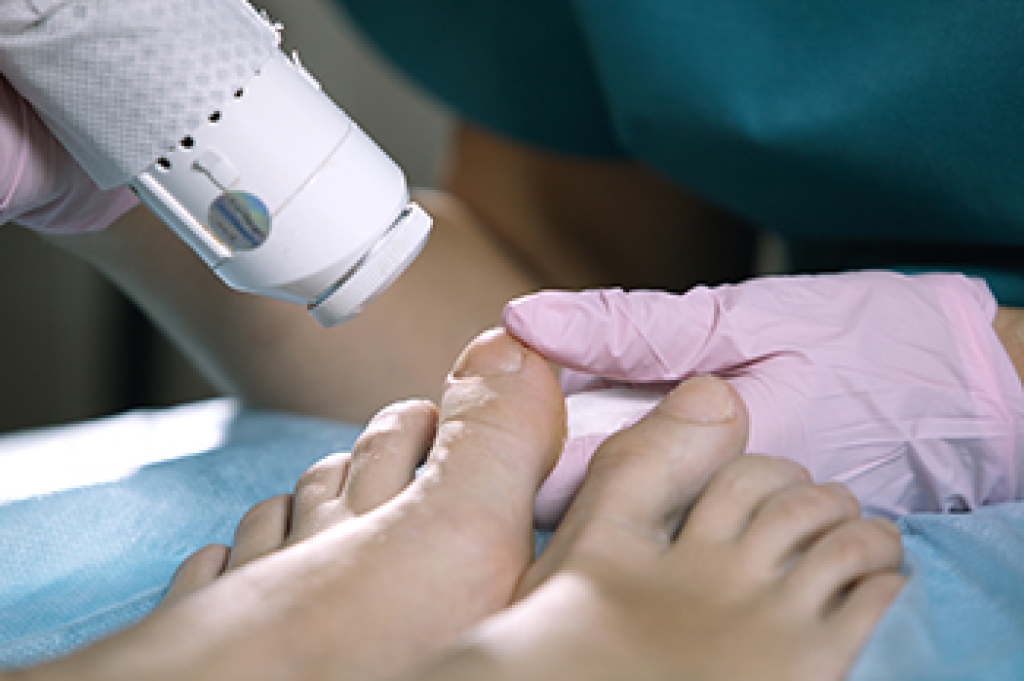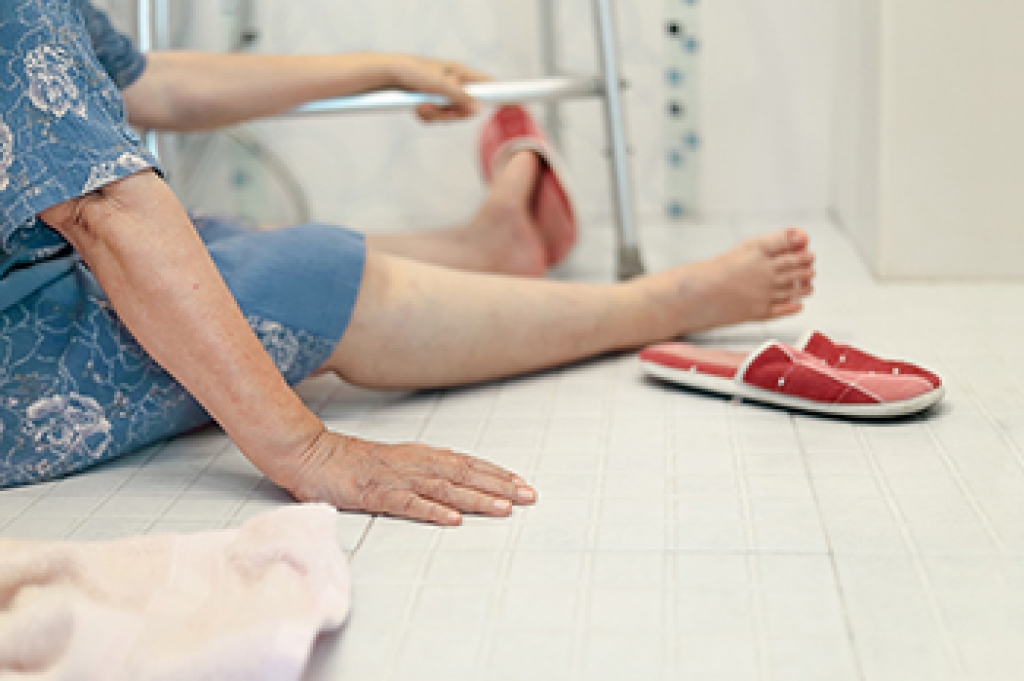 Your feet support your entire body and carry you through your daily life, so perhaps it should come as no surprise that signs of problems elsewhere in the body can be seen in the feet. For example, a loss of hair on the feet and legs may indicate peripheral artery disease (PAD), a condition characterized by poor circulation in the lower limbs. Another potential sign of PAD, as well as diabetes, are poorly-healing wounds on the feet. Various types of arthritis also tend to make themselves known via foot problems. Stiff and sore foot and ankle joints could be a sign of rheumatoid arthritis (RA), while an enlarged big toe may indicate gout, and pitted toenails are often associated with psoriatic arthritis. It’s important to monitor the health of your feet, and your chiropodist can help. If you have any questions or concerns about your foot health, don’t hesitate to schedule an appointment with a chiropodist near you.
Your feet support your entire body and carry you through your daily life, so perhaps it should come as no surprise that signs of problems elsewhere in the body can be seen in the feet. For example, a loss of hair on the feet and legs may indicate peripheral artery disease (PAD), a condition characterized by poor circulation in the lower limbs. Another potential sign of PAD, as well as diabetes, are poorly-healing wounds on the feet. Various types of arthritis also tend to make themselves known via foot problems. Stiff and sore foot and ankle joints could be a sign of rheumatoid arthritis (RA), while an enlarged big toe may indicate gout, and pitted toenails are often associated with psoriatic arthritis. It’s important to monitor the health of your feet, and your chiropodist can help. If you have any questions or concerns about your foot health, don’t hesitate to schedule an appointment with a chiropodist near you.
Systemic diseases are medical problems that affect the entire body. Many systemic diseases can bring about foot and ankle problems. If you have a systemic disease that affects your lower limbs, please consult with one of the specialists from Thornhill Foot Clinic. Our chiropodists can help you maintain the health of your lower limbs and your mobility.
Which systemic diseases can affect the feet?
- Peripheral artery disease - Causes inadequate blood flow to the lower limbs
- Peripheral neuropathy - Nerve damage in the nerves that supply the feet and ankles
- Diabetes - Can cause nerve damage, poor circulation, and a weakened immune system that can lead to the formation of poorly healing wounds on the feet
- Arthritis - A disease of the joints that damages joint lining, it often affects the small joints of the feet and the ankle joints
- Gout - A build up of uric acid in the bloodstream that forms crystals that can lodge in the joints
How can a chiropodist help?
Chiropodists help people who have systemic disease manage and maintain their foot health in a variety of ways. They can diagnose a multitude of foot and ankle problems, screen for certain systemic conditions, teach patients about proper foot care, and provide information about preventive strategies that patients could employ to avoid complications from their systemic diseases. Chiropodists can also treat foot and ankle problems through medications, foot and ankle exercises, orthotics, and lifestyle recommendations, among many other potential treatments
If you are living with a systemic illness that impacts your foot health, please feel free to contact our office located in Vaughan, ON .




